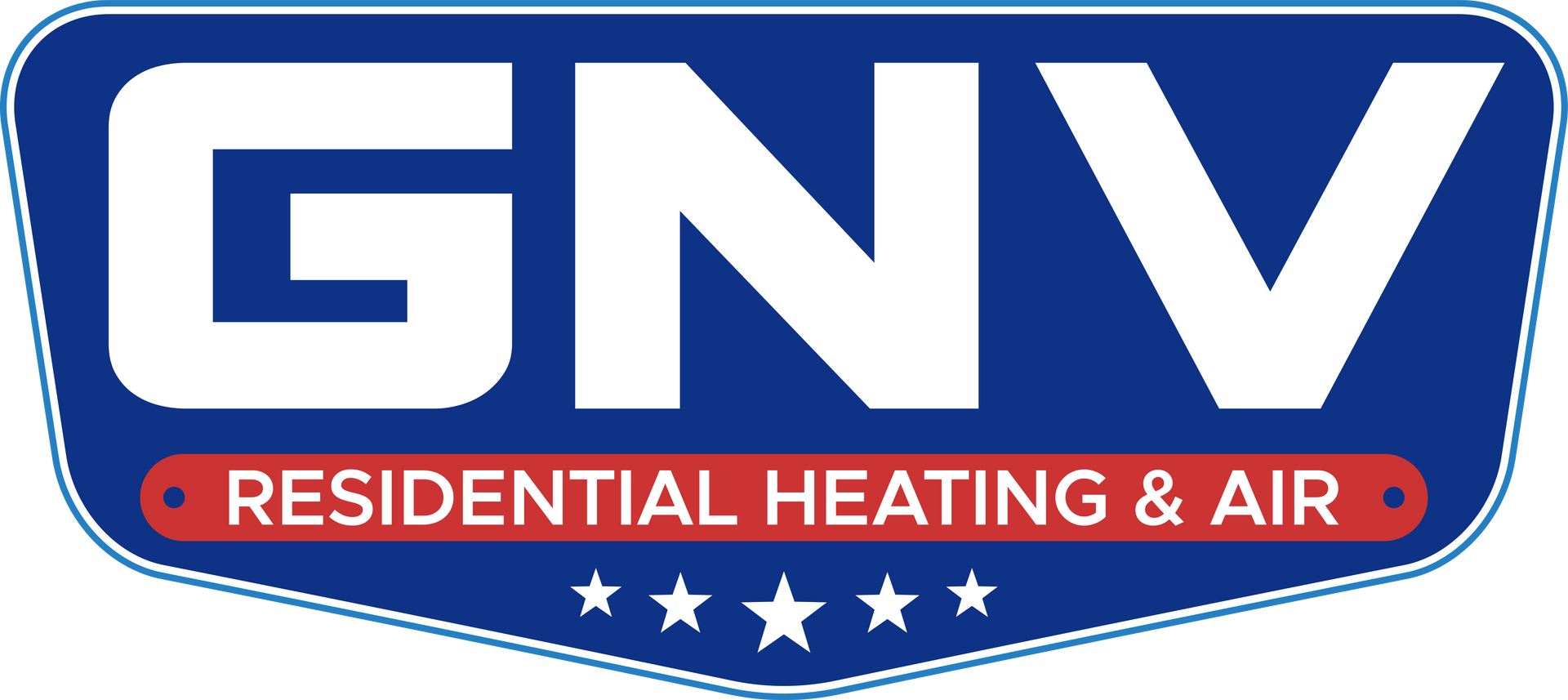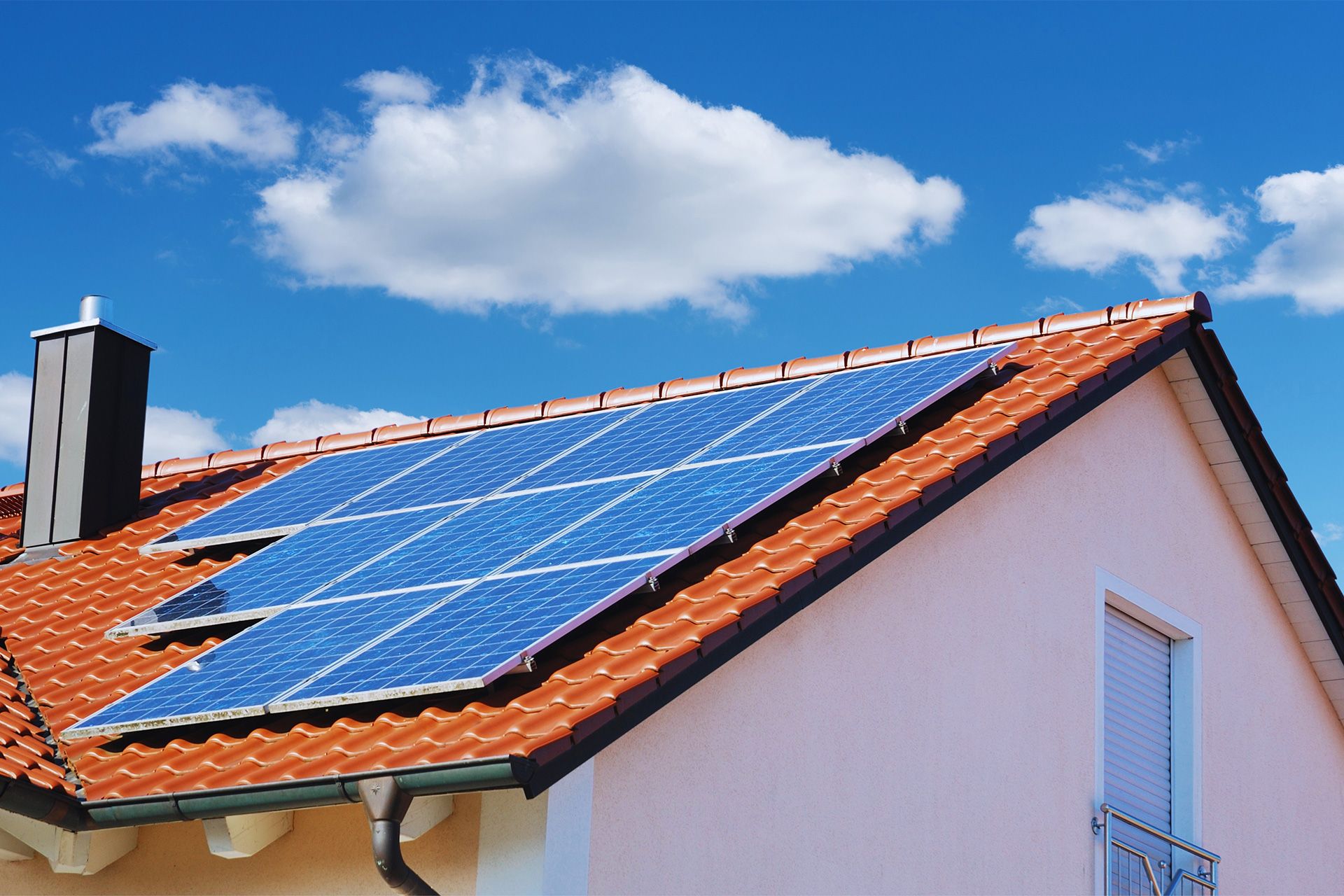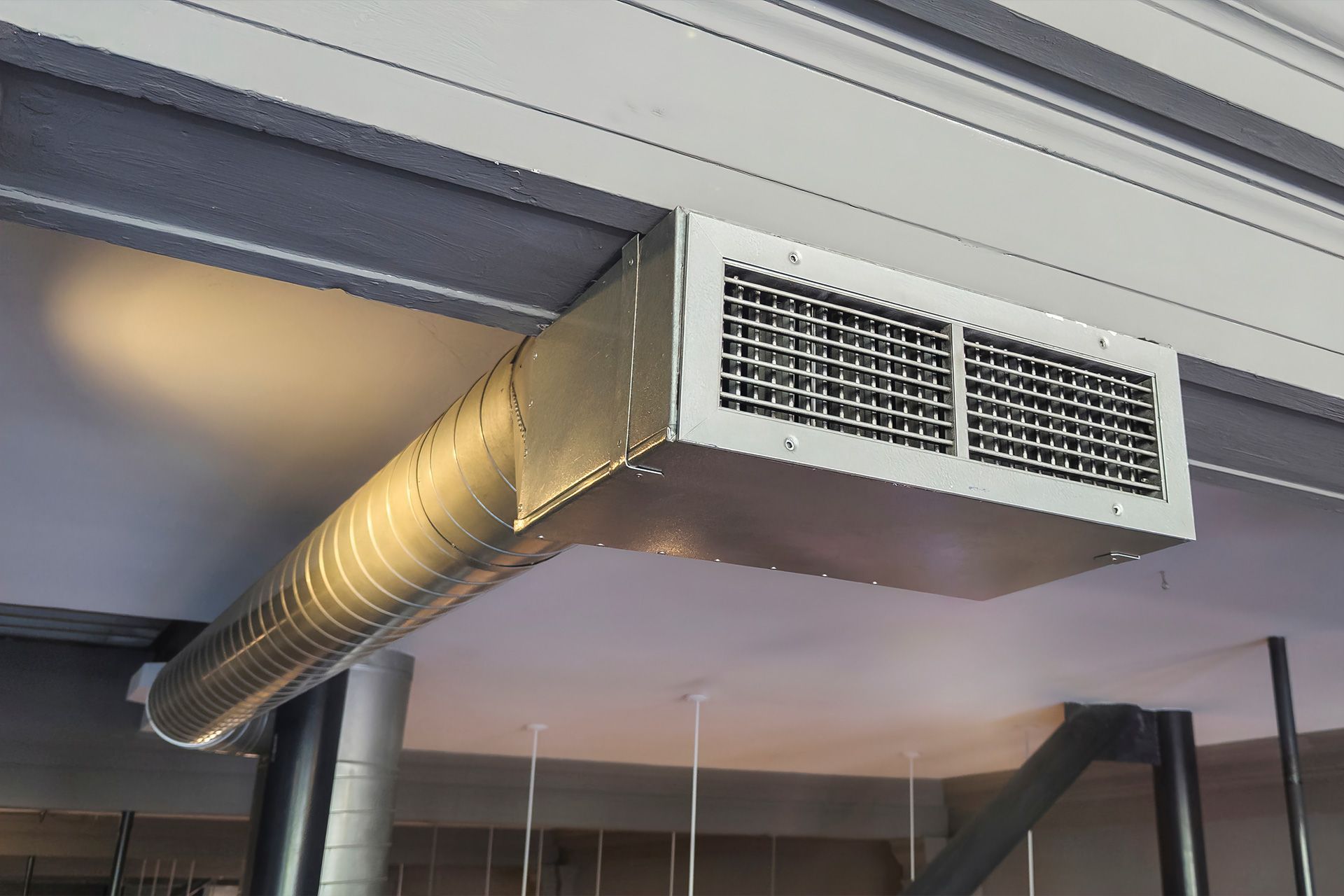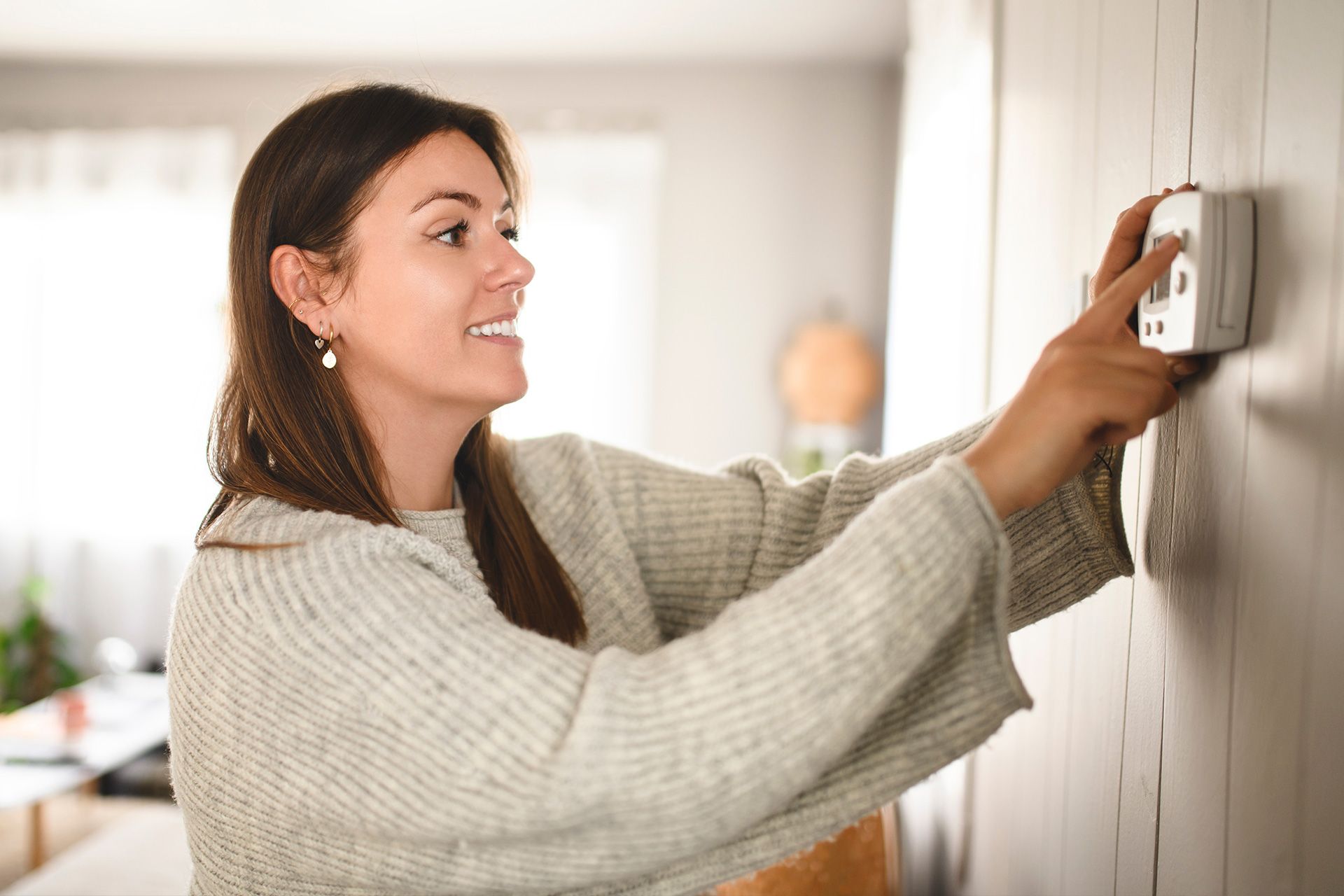How to Find the Right Humidity Level in Your Home
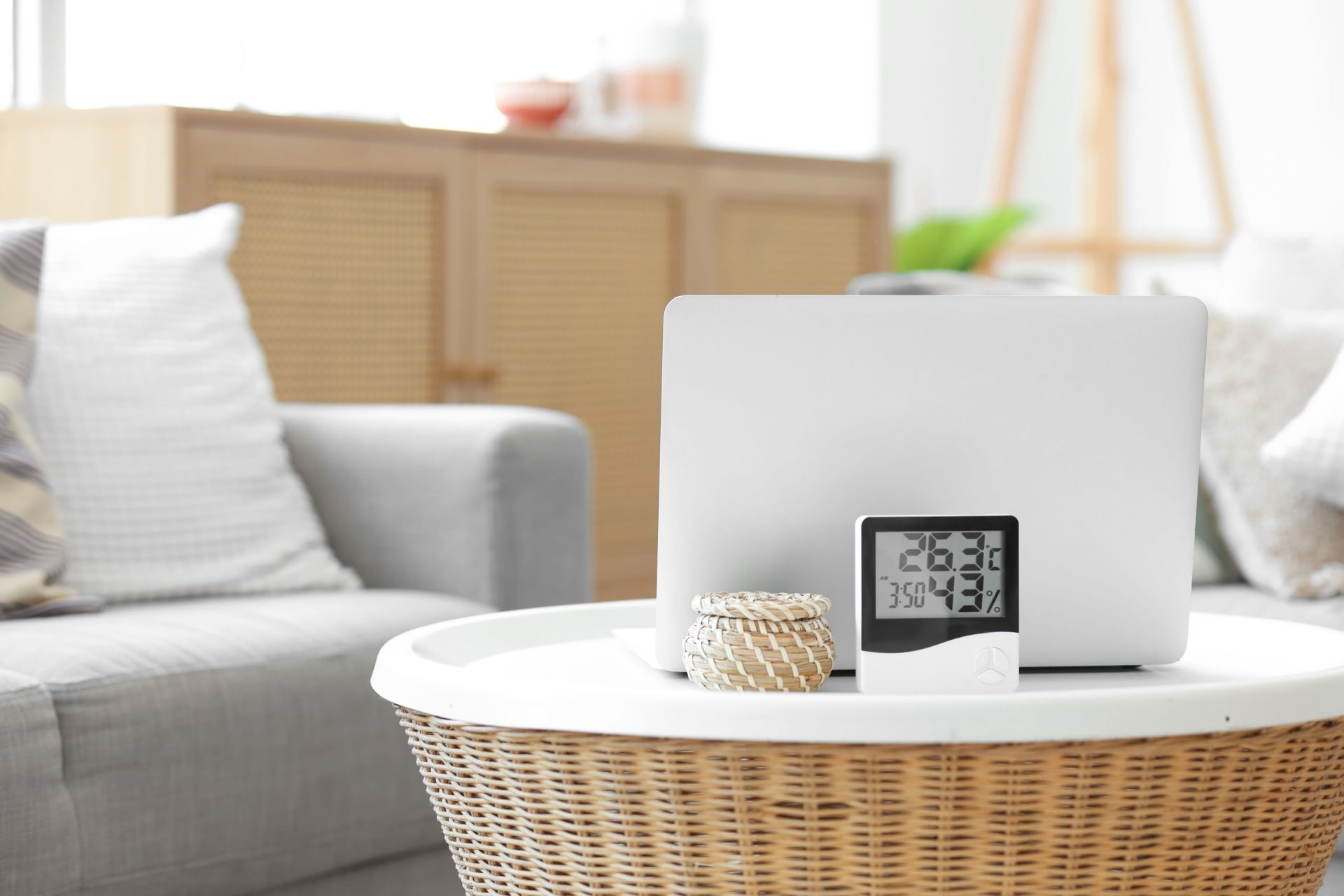
Did you know that over 50% of homes in the U.S. have unhealthy humidity levels at some point during the year? Too much or too little moisture in the air can cause problems for your health, comfort, and even your house. That’s why knowing how to find and maintain the right indoor humidity level is more important than ever.
In this easy-to-understand guide, we’ll explain everything you need to know about measuring humidity, setting the right levels, and keeping your home healthy and comfortable all year round.
What Is Humidity?
Humidity is the amount of water vapor in the air. When the air is too dry or too damp, it can make you feel uncomfortable and even sick. It can also damage your home and the things inside it.
There are two main types of humidity:
- Relative Humidity (RH): This tells you how much water vapor is in the air compared to how much the air
could hold. It’s shown as a percentage.
- Absolute Humidity: This is the total amount of water vapor in the air, but it’s not used as much for indoor comfort.
For your home, relative humidity (RH) is what matters most.
Why the Right Indoor Humidity Level Is So Important
Keeping your indoor humidity level balanced helps with:
- Health: Low humidity can dry out your skin and throat, while high humidity can lead to mold, dust mites, and allergies.
- Comfort: When humidity is balanced, you feel warmer in winter and cooler in summer.
- Home Protection: Too much moisture can rot wood and peel paint. Too little can crack furniture and cause static electricity.
- Energy Savings: With proper humidity, your heating and cooling systems work more efficiently, saving money on energy bills.
What Is the Ideal Indoor Humidity Level?
Experts recommend keeping the indoor humidity level between 30% and 50%.
- In winter, aim for 30% to 40% because cold air holds less moisture.
- In summer, keep it around 40% to 50% because warm air holds more moisture.
Going outside of these ranges can lead to problems. If humidity gets above 60%, you may start to see mold and mildew. If it drops below 30%, you may feel dryness and irritation.
Measuring Humidity in Your Home
To control humidity, you first need to measure it. Here’s how:
1. Use a Hygrometer
A hygrometer is a small, inexpensive tool that measures the relative humidity in the air. You can buy one online or at hardware stores. Some digital thermostats also show humidity levels.
Place the hygrometer in different rooms—especially in the basement, bathrooms, or kitchen—where moisture levels can change.
2. Check for Signs
Even without a hygrometer, you can spot signs of too much or too little humidity:
Signs of High Humidity:
- Foggy windows
- Mold spots on walls or ceilings
- Musty smells
- Sticky or damp air
- Condensation on pipes
Signs of Low Humidity:
- Dry, itchy skin
- Nosebleeds or sore throat
- Cracks in wooden furniture
- More static electricity
If you notice any of these, it may be time to adjust your home’s humidity level.
How to Lower Indoor Humidity
If your humidity is too high, here are simple ways to bring it down:
1. Use a Dehumidifier
A dehumidifier pulls moisture out of the air. You can use a small one for one room or a whole-house system.
2. Ventilate Properly
Make sure your home has good airflow:
- Use exhaust fans in the kitchen and bathroom
- Open windows when the weather allows
- Use ceiling fans to move air around
3. Fix Leaks
Water leaks can cause extra moisture. Check for:
- Dripping pipes
- Roof leaks
- Poorly sealed windows or doors
4. Keep Houseplants in Check
Too many plants can add moisture to the air. Consider moving some plants outside or to a room with lower humidity.
How to Increase Indoor Humidity
If the air is too dry, especially in winter, here’s how to add moisture:
1. Use a Humidifier
A humidifier adds moisture to the air. You can get:
- Portable humidifiers for single rooms
- Whole-house humidifiers connected to your HVAC system
2. Add Indoor Plants
Plants like peace lilies and spider plants release moisture into the air. Just don’t overdo it if the humidity is already high.
3. Boil Water or Use Steam
Boil water on the stove or take hot showers with the door open. This lets steam flow into the air.
4. Leave Water Out
Place bowls of water near heat sources like radiators. As the water evaporates, it adds humidity to the room.
Smart Tips for Maintaining the Right Humidity Level
- Get a Smart Thermostat: Some
smart thermostats show you temperature and humidity levels. They can help adjust your HVAC system automatically.
- Change HVAC Filters: Clean filters help your system run better and keep humidity balanced.
- Monitor Weather Changes: Seasonal changes affect indoor air. Be ready to humidify or dehumidify based on the time of year.
- Seal Gaps: Make sure windows and doors are sealed. This helps control humidity by keeping outside air from affecting your indoor climate.
When to Call a Professional
If you're always having issues with humidity—even after trying everything above—it might be time to call a professional HVAC technician. They can check your entire system and help you install the right tools, like a whole-home humidifier or dehumidifier.
At GNV, we have the experience and tools to help you get your indoor humidity level just right.
Final Thoughts
Measuring humidity and controlling your indoor humidity level is a big step toward a healthier, more comfortable home. With a hygrometer and a few simple tools, you can keep the air in your home perfect for every season. And remember, staying between 30% and 50% humidity is the sweet spot for your health, comfort, and house.
Want expert help balancing your home's humidity? Contact GNV Heating and Air Conditioning today!
FAQs: How to Find the Right Humidity Level
What is the ideal indoor humidity level for comfort and health?
The optimal indoor relative humidity is between 40% and 60%. This range supports respiratory health, reduces the spread of airborne viruses, and prevents discomfort from dry or overly moist air.
How can I measure the humidity level in my home?
To measure indoor humidity, use a digital hygrometer, which provides accurate readings. Place it away from kitchens, bathrooms, and direct airflow to get a true representation of room humidity
What are the signs of high indoor humidity?
Signs include:
Condensation on windows or walls.
Musty odors.
Visible mold or mildew growth.
Peeling paint or wallpaper.
How can I reduce indoor humidity?
To lower humidity:
Use a dehumidifier.
Run exhaust fans during cooking and showers.
Ensure your clothes dryer vents outside.
Seal leaks in windows and doors.
Fix leaks in plumbing or roofing.
Improve ventilation by opening windows when outdoor humidity is lower.
How can I maintain consistent humidity levels year-round?
To maintain consistent humidity:
Use a humidistat to monitor and control humidity levels.
Regularly clean and maintain humidifiers and dehumidifiers.
Ensure proper ventilation in all areas of the home.
Seal any gaps or leaks in the home’s structure.
Disclaimer: The information on this website and blog is for general informational purposes only and is not professional advice. We make no guarantees of accuracy or completeness. We disclaim all liability for errors, omissions, or reliance on this content. Always consult a qualified professional for specific guidance.
